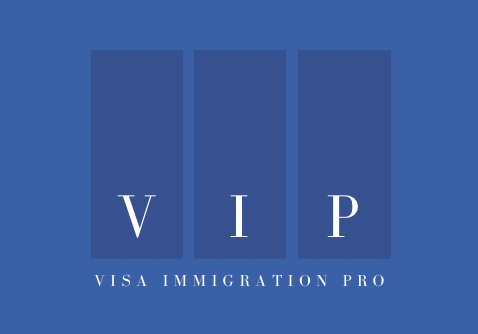The United States has long been a land of opportunity, attracting immigrants from all over the world seeking better lives and opportunities. Understanding the U.S. immigration system, with its various visa categories and pathways, is crucial for those aspiring to make America their new home. In this comprehensive guide, we’ll explore the different types of visas available and the pathways to immigration in the U.S
Visa Categories:
- Nonimmigrant Visas:
Nonimmigrant visas are for temporary stays in the United States. They cover a wide range of purposes including tourism, business, education, and employment. Some common nonimmigrant visa categories include:
- B-1/B-2 Visitor Visas: For tourists and temporary visitors for business or pleasure.
- F-1 Student Visa: For individuals studying at accredited U.S. colleges or universities.
- H-1B Visa: For specialty occupation workers in fields such as science, engineering, and information technology.
- J-1 Exchange Visitor Visa: For participants in exchange programs, including students, scholars, and professors.
- L-1 Visa: For intracompany transferees who work for a multinational company and are being transferred to a U.S. office.
- Immigrant Visas:
Immigrant visas are for those intending to live permanently in the United States. They are often based on family relationships, employment, or humanitarian reasons. Some common immigrant visa categories include:
- Family-Based Immigration: This category includes visas for spouses, children, parents, and siblings of U.S. citizens or lawful permanent residents.
- Employment-Based Immigration: This category includes visas for individuals with specific job offers or skills that are in demand in the United States.
- Diversity Visa Lottery: Each year, the Diversity Immigrant Visa Program makes available 50,000 diversity visas (DV) for individuals from countries with low rates of immigration to the United States.
- Refugee and Asylee Immigration: Individuals fleeing persecution or fearing persecution in their home countries may apply for refugee or asylum status in the United States.
Pathways to Immigration:
- Family Sponsorship:
Family sponsorship is one of the most common pathways to immigration in the United States. U.S. citizens and lawful permanent residents can sponsor certain family members for immigrant visas, allowing them to live and work permanently in the United States. - Employment-Based Immigration:
Employment-based immigration allows individuals with specific skills, talents, or job offers to obtain immigrant visas and become lawful permanent residents of the United States. This pathway is often used by professionals in high-demand fields such as healthcare, technology, and engineering. - Diversity Visa Lottery:
The Diversity Visa Lottery, also known as the Green Card Lottery, provides an opportunity for individuals from countries with historically low rates of immigration to the United States to obtain immigrant visas through a random selection process. - Refugee and Asylee Immigration:
Refugees and asylees are individuals who have been forced to flee their home countries due to persecution or fear of persecution. They may apply for refugee or asylum status in the United States, allowing them to live and work legally in the country and eventually apply for lawful permanent residence.
Understanding the U.S. immigration system and its various visa categories and pathways is essential for anyone considering immigration to the United States. Whether seeking temporary stays for work or study or aiming for permanent residency, navigating the immigration process can be complex. However, with the right information and guidance, individuals can pursue their American dream and contribute to the diverse tapestry of the United States.


